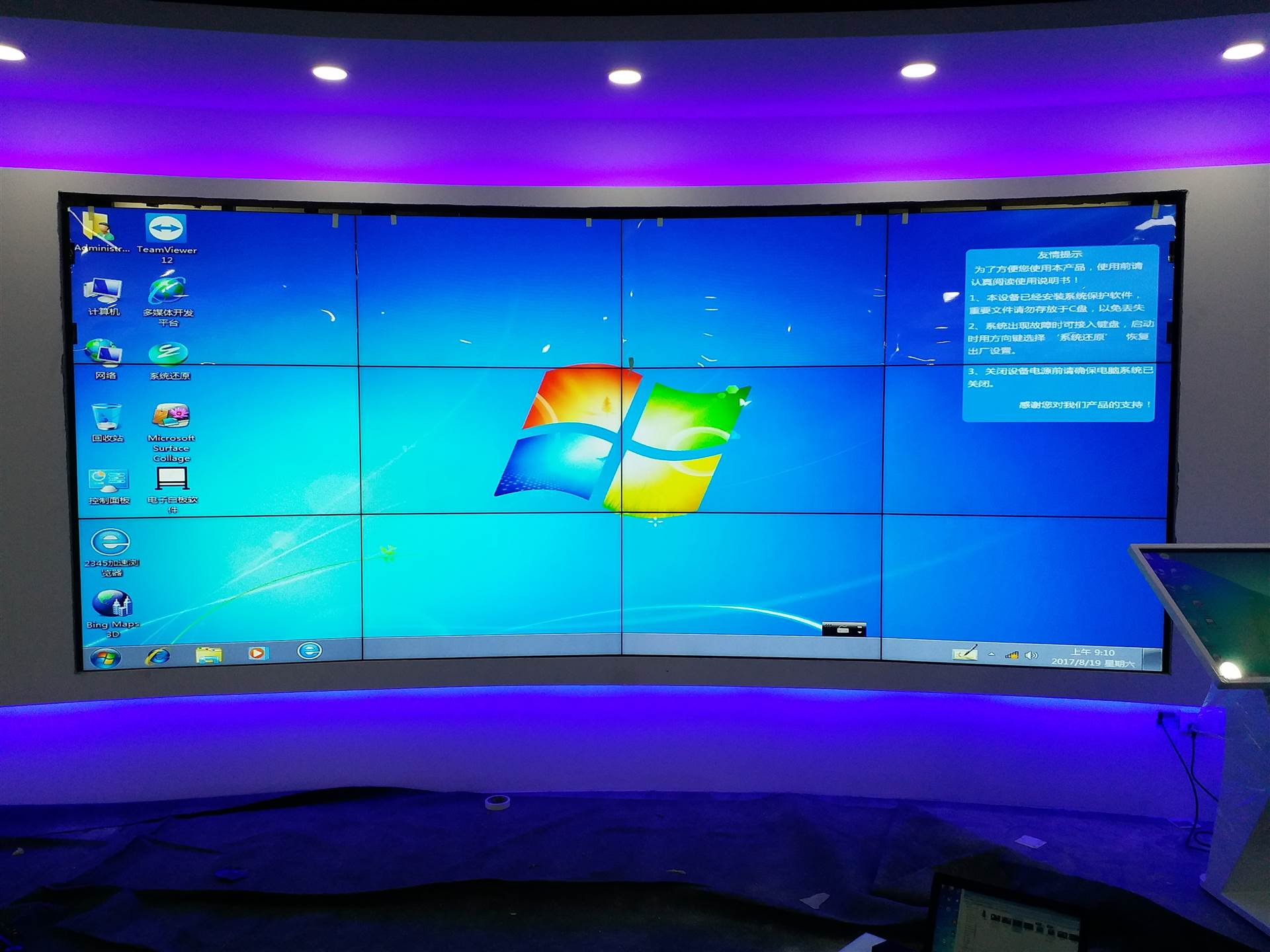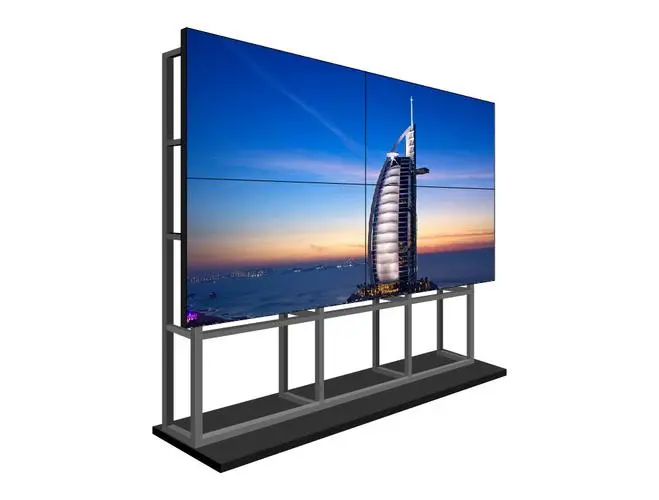Technical comparison between LED and LCD displays
When discussing the differences between LED and LCD displays, we first need to understand their basic working principles and technical principles. LED (Light Emitting Diode) display is a self-luminous technology. Each pixel is composed of one or more LED chips, which can directly emit light for display. LCD (Liquid Crystal Display) display relies on backlight sources, such as CCFL lamps or LED backlights, to control the passage of light by switching liquid crystal molecules to display images.
Technical principles and display quality
1, Light source and backlight technology:
LED display: Using LED as a backlight source, each pixel can emit light independently, providing higher brightness and contrast.
LCD display: An external light source (such as a cold cathode fluorescent lamp) is required to illuminate the liquid crystal layer, and the backlight technology limits its brightness and contrast.
2, Display quality:
LED display: Generally provides brighter, deeper blacks and higher color saturation, suitable for outdoor and light-intensive environments.
LCD display: Better display effect in dark environments, relatively low color and contrast, but usually higher resolution.
3, Viewing angle and brightness:
LED display: has a wider viewing angle and higher brightness, suitable for applications that require a wide viewing angle and high light environment.
LCD display: has a narrow viewing angle and lower brightness, more suitable for indoor or dimly lit environments.
4, Power consumption and environmental protection
Power consumption:
LED display: Compared with LCD display, LED display has lower power consumption and is more energy-efficient.
Environmental protection: LED display: The materials used are lighter, less fuel is consumed during transportation, and the impact on the environment is relatively small.
Comprehensive recommendation and risk warning
When choosing LED and LCD display, users should choose according to specific application requirements and budget. LED display has obvious advantages in brightness, contrast and energy saving, and is suitable for environments that require high brightness and a wide viewing angle. LCD display is superior in resolution and color performance, suitable for applications with high requirements for image quality.
Risk warning:
Users should take into account that the initial investment cost of LED display is usually higher than that of LCD display.
When purchasing, you should choose reputable brands and suppliers to ensure product quality and after-sales service.
In short, LED and LCD display have their own advantages, and users should make reasonable choices based on their specific needs and usage environment.
What are your usage requirements?
Post time: Sep-04-2024













